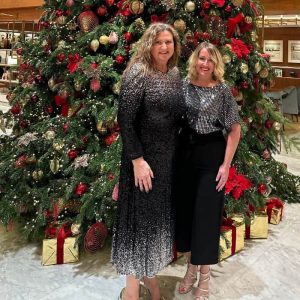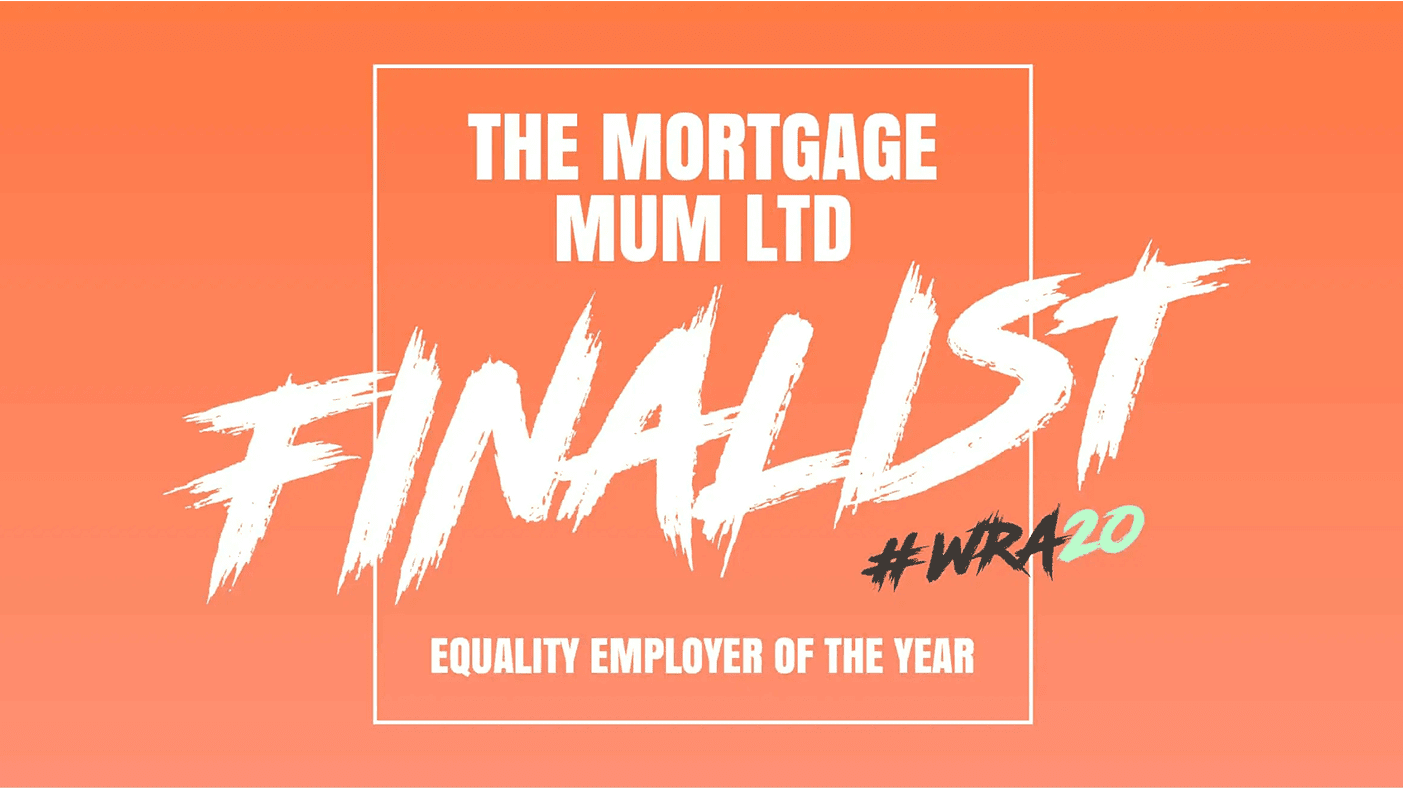Japanese Knotweed Explained
Sarah Tucker, AKA The Mortgage Mum turns her attention to this rebellious root, a weed that can interfere with your mortgage, moving house and more. Read on for useful facts, tips and advice…
What is Japanese Knotweed?
It’s a very aggressive weed that lies dormant through the winter months. It rapidly grows in spring – as much as a foot in a single week! It can reach a height of six feet above the ground, but it’s underground that it actually does the most damage. First, it can ruin a garden because it strangles all other plant life. Then, when it comes into contact with a property, it can root deep into the ground and damage foundations, drainage systems and walls. Ultimately, it can make a house unsellable. A further challenge is that when Knotweed appears to have been dealt with, it can split and grow back as before. It can be a big problem when building an extension or conservatory or laying a patio, because digging through a root can reawaken it.How did Japanese Knotweed come to the UK?
It was brought over by a horticulturalist called Philip von Siebold, who found the plant growing on the side of a Japanese volcano and decided to use it in ornamental gardens. What he didn’t realise is that to survive in volcanic soil, the plant had evolved to have very deep roots. Once brought to the UK, railway companies used Japanese Knotweed widely on embankments because it seemed an ideal way to prevent landslides.Is it in my area of the UK?
Japanese Knotweed can be found anywhere in Britain in any soil conditions. According to UK government figures, the cost of controlling Japanese Knotweed has now hit £3 billion. £130 million was spent removing it on a site being used for London’s 2012 Olympic Games.Is it easy to tell if you have it?
Japanese Knotweed is quite an attractive plant that can be mistaken for other species. It’s not that unusual for it to be wrongly identified, causing a property to fall in value, only to discover that it’s not Japanese Knotweed at all. So it’s really important that you do get a specialist to identify it. Get more than one opinion, because there are different types of similar-looking knotweed, which may not be expensive to remove or so damaging to property.Can you get a mortgage on a house that has Japanese Knotweed?
Many mortgage lenders are concerned that Japanese Knotweed affects not just the existing structure, but future structure like extensions and renovations. As a result, many are reluctant to lend on a property with it – but some will. A broker can help you find a mortgage provider that will offer a loan in this situation. Whether you can get a mortgage is led by the information a lender gets from property valuers. The Royal Institute of Chartered Surveyors has five categories for Knotweed valuations: Category One: No Knotweed on the property or nearby. Category Two: Japanese Knotweed is not seen on the property, but it can be seen in neighbouring properties, more than 7 metres from the property boundary. Category Three: The plant is not within the property, but it’s seen in neighbouring properties within 7 metres of the boundary. It is more than 7m from the house or flat. Category Four: Japanese Knotweed is present within the property’s boundary, but is more than 7m from the building itself. Any damage is minor. Category Five: The plant is seen within 7m of the property, within the boundaries or in neighbouring properties, and is already causing serious damage to outbuildings, paths, drains and walls. Categories four and five mean immediate professional help is needed. A lender will want to see evidence of treatment plans, funds to pay for the treatment and insurance to cover any future reappearance of the plant. If the property is in categories two or three, lenders want to make sure that you’re aware of the Knotweed, and will ask you to sign to confirm.Speak to an expert
We will work at times that suit you and your family, carrying out appointments via video call, telephone or email, giving you the benefit of first class service, around your own schedule, and in the comfort of your own home. So let us handle your mortgage today and find out how well we can look after you, The Mortgage Mum way!
How expensive is it to remove Japanese Knotweed?
It can be very expensive to deal with – it can cost thousands or even tens of thousands of pounds.
Physical removal might involve removing soil three metres down and seven metres across from the edge of the visible growth. Everything that is removed has to be sent to a licenced waste management facility so that it is dealt with properly. You will also need insurance against it regrowing.
Could I buy a property that has Japanese Knotweed without knowing?
The seller of a property is legally obliged to declare if Japanese Knotweed is on the land. Your estate agent should be aware of this – they have to ensure the seller knows the implications of not disclosing this, because it could result in them being sued.
If Knotweed is present, an estate agent should advise you or your seller to look for a remediation firm that offers a warranty for completed work and that is protected by an independent insurer. This will give both the seller and the buyer peace of mind that the property is protected for the future.
It’s important, to be aware, though, that if you are buying a new property, this rule doesn’t apply. House builders are under no legal obligation to declare if the site has any historical Knotweed issues. This is a good reason to make sure you have a thorough survey done.
What happens if my neighbours have Knotweed on their property?
If your neighbour has Japanese knotweed and they’re not controlling it properly, they can be issued with an anti-social behaviour order. There can be disputes about who should pay for the treatment if it’s spread from one property to another.
If your property is next to a commercial railway, again it’s important to check carefully. Network Rail recently lost a court battle with a resident whose land had been infested by Knotweed from a railway embankment nearby.
What should I do if I think I have Japanese Knotweed at my property?
A great place to look for advice and support is a website called JapaneseKnotweed.com.
You can upload a picture, get the plant identified and then arrange a survey. You receive a report explaining the best treatment options and costs, they carry out the work and then resurvey the site to establish whether it’s been successful.
In terms of what it means for a mortgage or remortgage, it varies by lender. One mortgage provider will want a 10 year insurance policy, for example.
In summary, though, Japanese Knotweed won’t necessarily mean you can’t buy or sell a property – it’s a question of getting good advice, taking the right steps and talking to an experienced broker for support.

























































